Virtually every component of the utility industry—the business models, the technology, the customer experience, et al.—is currently experiencing transformation.
With nearly $800 billion dollars in grid infrastructure and operations investments expected over the next decade, the notion of dynamic wide-scale change is no longer merely an over-used and under-defined buzzword; it is fast becoming the primary work of utility companies.

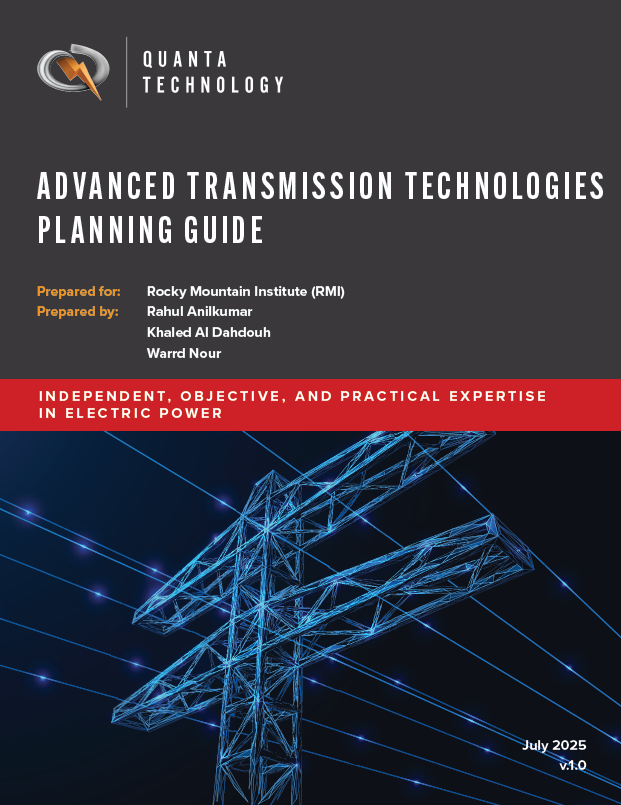
We are pleased to announce the release of a report on advanced transmission technologies (ATTs) prepared in collaboration with Rocky Mountain Institute.
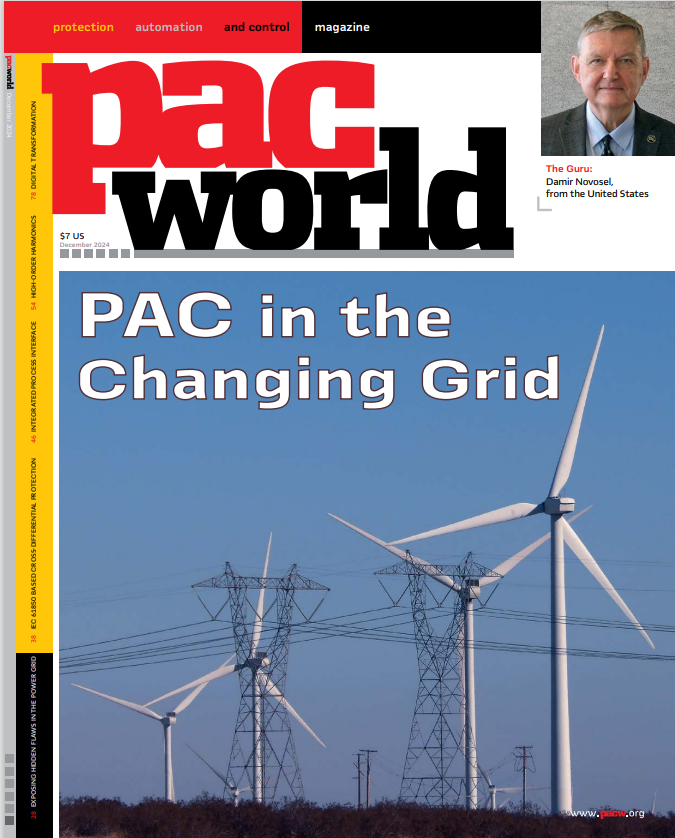
We hope that you’ll take a moment to read this insightful interview with Damir and see what makes Quanta Technology industry leaders and trusted advisors in the power and energy industry.
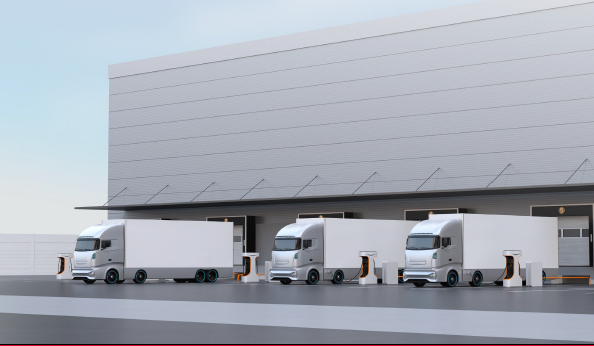
As states strive to decarbonize, clean air, and achieve energy justice metrics, transportation electrification is one of the largest levers states have to achieve these goals.

It has been the standard practice at utilities to periodically perform wide-area protection coordination (WAPC) studies. A WAPC study systematically evaluates protective relay coordination using utility-defined scenarios and criteria to identify latent issues that can impact protection performance.
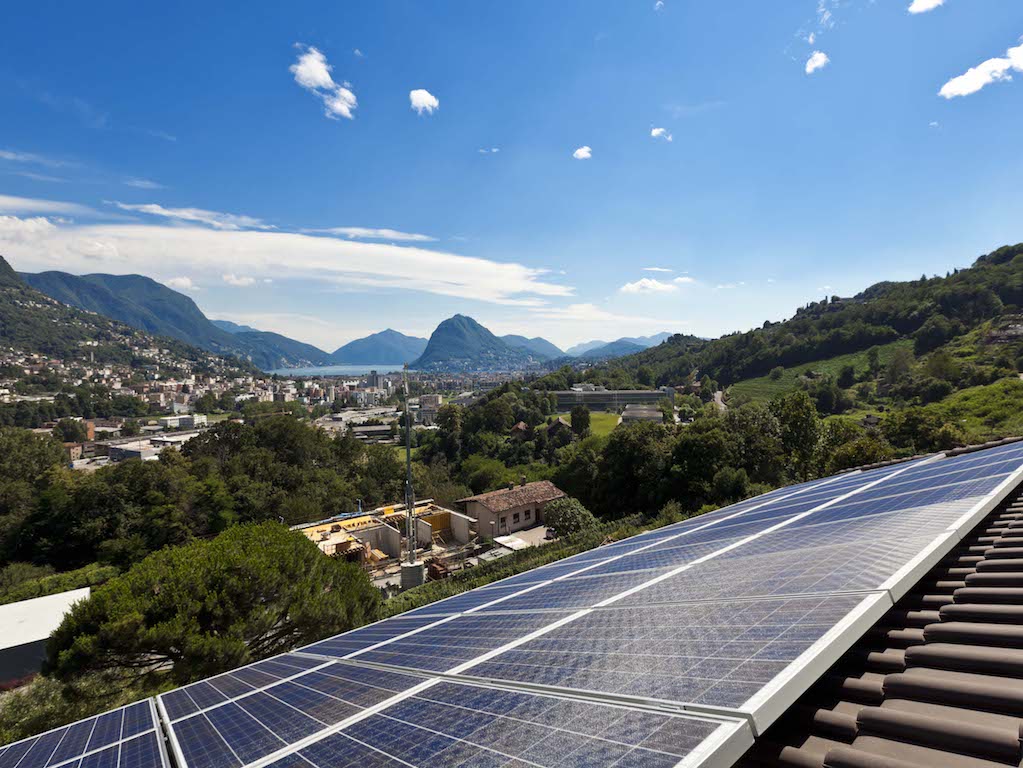
Multiple state initiatives exist for establishing non wires alternatives (NWA) and valuations of distributed energy resources (DER), most notably the California Locational Net Benefits Analysis (LNBA) and the NY Renewed Energy Vision (REV).

There is rapidly growing industry interest in the potential uses for streaming synchronized measurements from Phasor Measurement Units (PMUs).
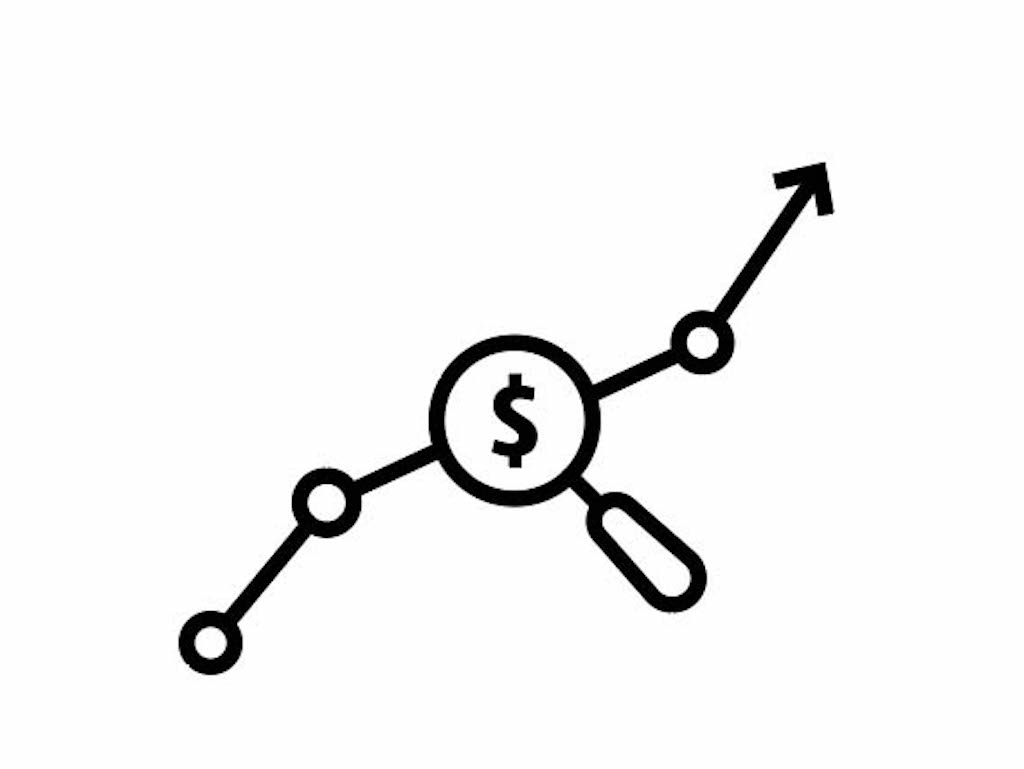
IEC 61850 is a modern communications standard that enables advanced applications to access and process information from substations. This standard defines digital communications protocols and models for application functional information in protective relays and other intelligent electronic devices used in substations.

A major component of many plans is smart meters that make up an advanced metering infrastructure (AMI) system. To be a successful component of a plan, care must be taken in the planning, process development, implementation, and integration of the AMI system to ensure the utility’s goals and vision are met.

Reskilling. Upskilling. Down skilling. It’s no coincidence that the buzzwords around workforce development all contain the word skills, which the World Economic Forum calls the “currency of 21st century.”[1]

More than 2,000 communities in the United States are served by public power utilities.

Virtually every component of the utility industry—the business models, the technology, the customer experience, et al.—is currently experiencing transformation.
